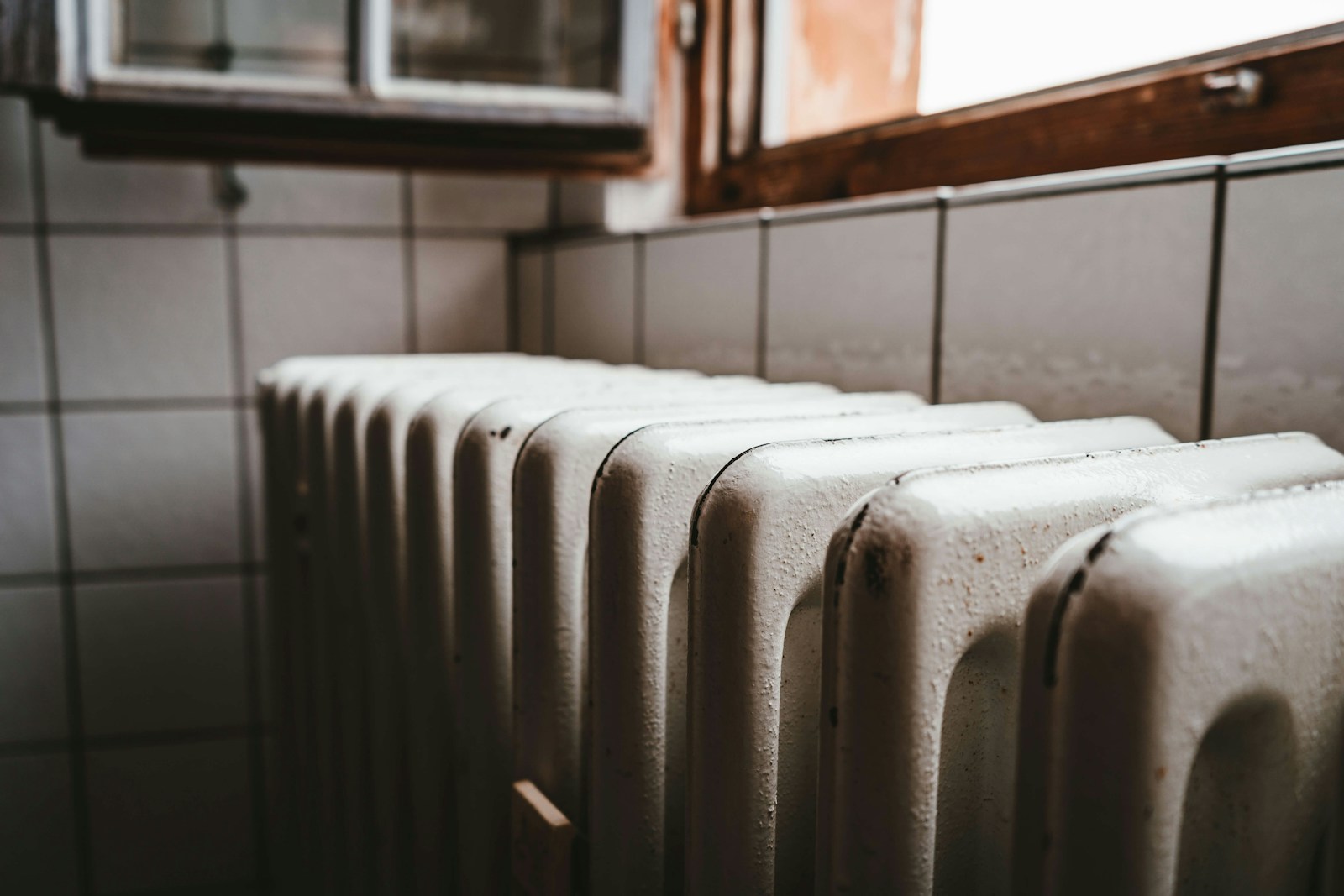The Nutrient Film Technique (NFT) hydroponic system represents a method of growing plants without soil, using a nutrient-filled water solution to provide the essential elements they need for growth. A fascinating aspect of this approach, particularly from a gardening enthusiast’s perspective, is the technical nuance that helps optimize plant growth.
In a climate-controlled indoor hydroponic system, favorable conditions can generally be maintained, but with the onset of winter, a potential hurdle arises – how to maintain the optimal NFT hydroponic water temperatures needed for plant health. A novel concept to explore is using a standard tropical fish tank heater to maintain these temperatures during winter, which could potentially aid in plant growth.
This paper sets out to explore three main points: the impact of water temperatures on plant growth in NFT hydroponics, the potential of a simple fish tank heater to maintain these temperatures, and the practical implications of this heating technique for winter gardening.
Ideal Temperature Range and its Effect on Plant Growth and Nutrient Uptake in Hydroponic Systems
The optimal NFT hydroponic water temperatures have been noted to fall within the range of 65-75°F (18-24°C). However, it’s crucial to consider that these temperatures may vary according to the specific plant type and details of the hydroponic setup. For instance, leafy greens and herbs tend to thrive in slightly cooler temperatures (65-70°F), while fruit-bearing plants like tomatoes and peppers prefer warmer conditions (70-75°F).
- The relationship between nutrient solubility and temperature can exemplify why maintaining temperature is essential. As water temperature rises, nutrient solutions often become less soluble, which can detrimentally affect plant uptake.
- The root health and water temperature relationship is also pertinent. Cool water temperatures can help maintain higher levels of oxygen, supporting root health. However, restrictive water temperatures can result in reduced nutrient uptake, harming overall plant health.
- As evidenced by a comparative analysis of plant growth under different water temperatures during winter, warming the hydroponic water to around 27.5°C using aquarium heaters improved growth traits of basil cultivars compared to cooler 23°C water.
Choosing and Testing Tropical Fish Tank Heaters and Monitoring Practices for Hydroponic Systems
In order to maintain optimal water temperatures in NFT hydroponic systems during winter, using a tropical fish tank heater can be a simple and effective approach.
- Most tropical fish tank heaters are capable of maintaining temperatures of around 77-80°F, an advantageous aspect as it falls within the optimal NFT hydroponic water temperatures.
- When evaluating the energy consumption of different heaters, heating capacity in relation to watts used should be carefully considered. Fish tank heaters typically utilize the guideline of 5 watts of heating power per 1 gallon of water. Using multiple undersized heaters rather than one large heater offers a failsafe if one heater malfunctions, ensuring that the water temperature remains stable.
- With adjustable thermostats in heaters, you can maintain the water temperature within the desired range, as these thermostats are designed to ensure even heating. Close monitoring is essential.
- Given the fluctuations in room temperatures, especially during winter, achieving consistency in water temperature can be tricky. A stable indoor environment can aid in this regard.
- When it comes to choosing the brands and models of heaters, sticking to reputable tropical fish tank heater brands is essential. Certain brands like Cobalt NeoTherm and Aqueon Pro heaters are known for their reliability and efficiency.
- The importance of monitoring water temperature cannot be overstated. Using a separate thermometer, along with the built-in thermostat in the heater, allows for more accurate readings, providing an additional level of assurance.
- Temperature sensors placed in the right areas within the NFT system can facilitate uniform heating, making sure your plants benefit from an even temperature.
Evaluation and Impact Analysis of Heated Water on Plant Growth in Winter
Understanding the actual impact of heated water on plant growth in winter hydroponic settings can be complex and multi-dimensional. Factors ranging from changes in plant health, growth rate, and evaporation rates all play a crucial role.
- The presence of heated water in a hydroponic system can directly impact overall plant growth during winter.
- In terms of specific observable changes, plant height, leaf area, and shoot biomass were seen to increase when water was heated to around 27.5°C compared with cooler 23°C water.
- It’s essential to consider the implications for water evaporation rates with higher temperatures. Heating water tends to increase the rate of evaporation which could mean the need for more frequent water replacement.
- Based on the observed plant growth, adjustments can be made to heater settings to create the optimal growth environment.
- A comprehensive analysis of maintenance and monitoring practices for the heater is necessary, including aspects such as heater placement, power use, and replacement schedules.
Conclusion and Recommendations
In conclusion, heated water, specifically using fish tank heaters to maintain warm temperatures during winter, can help boost plant growth in NFT hydroponic systems. The benefits of heated water in winter are evident and beneficial for gardening enthusiasts.
However, practicalities and specifics such as plant type, heater brand, and ongoing monitoring are crucial to ensure the system operates optimally. It’s essential to work with precisely calibrated thermostat settings, match water heater power to the system size correctly, and place temperature sensors appropriately.
While this paper provides valuable insights and recommendations regarding using heaters in NFT systems, it’s still a wide-open field for more in-depth research. As hydroponic gardening continues to gain popularity, the pursuit of creative solutions to optimize growth will remain an exciting area of interest for the gardening community.

